Call Us Today!
04 380 55 69

Center Address :
Al Wasl Road, Umm Suqeim 3
Dubai, United Arab Emirates
Telephone : 04 380 55 69
Email : info@gotdubai.com 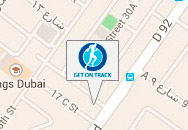
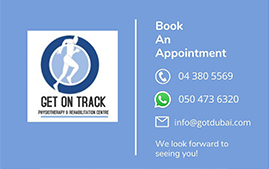
Fourteen year old boy (Scoliosis)
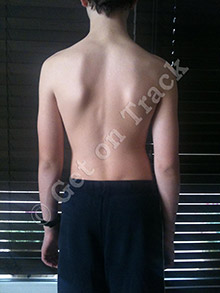
Scoliosis
Scoliosis is a disorder that causes an abnormal curve of the spine, or backbone.
There are several types of scoliosis based on the cause and age when the curve develops.
Depending on the severity of the curve and the risk for it getting worse, scoliosis can be treated with observation, bracing, exercise or surgery.
Scoliosis is twice more common in girls than boys. In most cases, the cause of scoliosis is unknown (idiopathic). More than 80% of people with scoliosis have idiopathic scoliosis, and the majority of these are adolescent girls.
Type Of Scoliosis:
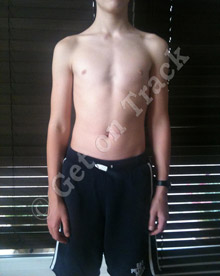
1) Functional Scoliosis:
- Structurally normal spine that appears to have a lateral curve (scoliosis).
- Nonstructural scoliosis involves a temporary change of spinal curvature. This is caused by an underlying condition such as a difference in leg length, muscle spasms, or inflammatory conditions, which may produce muscle spasm. Functional scoliosis is treated by correcting the underlying problem, Physiotherapy being the best option
2) Neuromuscular:
This type of scoliosis develops in people with other disorders, including birth defects,muscular dystrophy, cerebral palsy, or Marfan’s disease.
3) Degenerative:
Unlike the other forms of scoliosis that are found in children and teens,
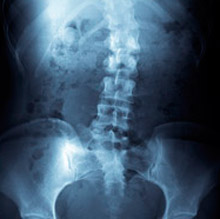
Others:
Other potential causes include:
Spine tumors (Osteoid, Osteoma)
Symptoms And Signs:
The most common symptom of scoliosis is an abnormal curve of the spine. Often, this is a mild change and may be first noticed by a friend or family member. In most cases, scoliosis is not painful, but there are certain types of scoliosis than can cause back pain.
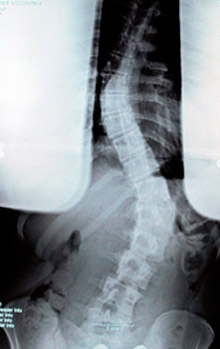
Diagnose Of Scoliosis
Medical professionals (Orthopedic Surgeon, Physiotherapist, Chiropractor, and Ostheopath) can do the diagnosis. If the physical examination indicates that you have scoliosis, X-rays of your back will be necessary, after which the measurements will show how large a curve is present. This can help to decide what treatment, if any, is necessary. Measurements taken at future visits are compared to identify whether the curve is getting worse.
Treatment of scoliosis is based on the severity of the curve and the chances of the curve getting worse. Certain types of scoliosis have a greater chance of getting worse, so the type of Scoliosis also helps to determine the proper treatment. There are three main categories of treatment: observation, bracing, exercise and surgery.
Scoliosis is not typically associated with back pain. With cases associated with back pain, the symptoms can be lessened with physical therapy, and exercises. These can help to strengthen the muscles of the back, however, a cure for scoliosis will not be able to correct the abnormal curve. Scoliosis is a complex medical problem and requires the systematic approach of the whole team. Physiotherapists play important role in this medical challenging situation. GOT team members help in treatment and follow up with such conditions.